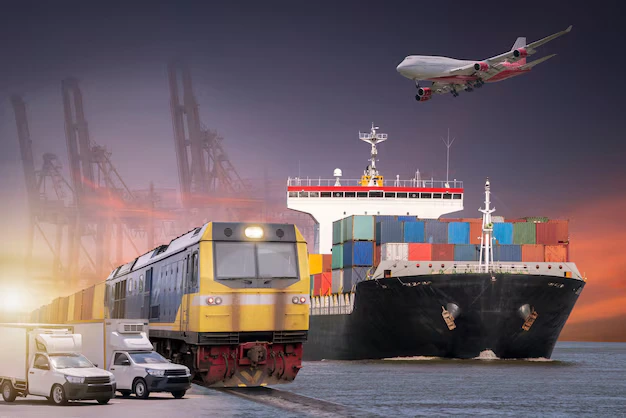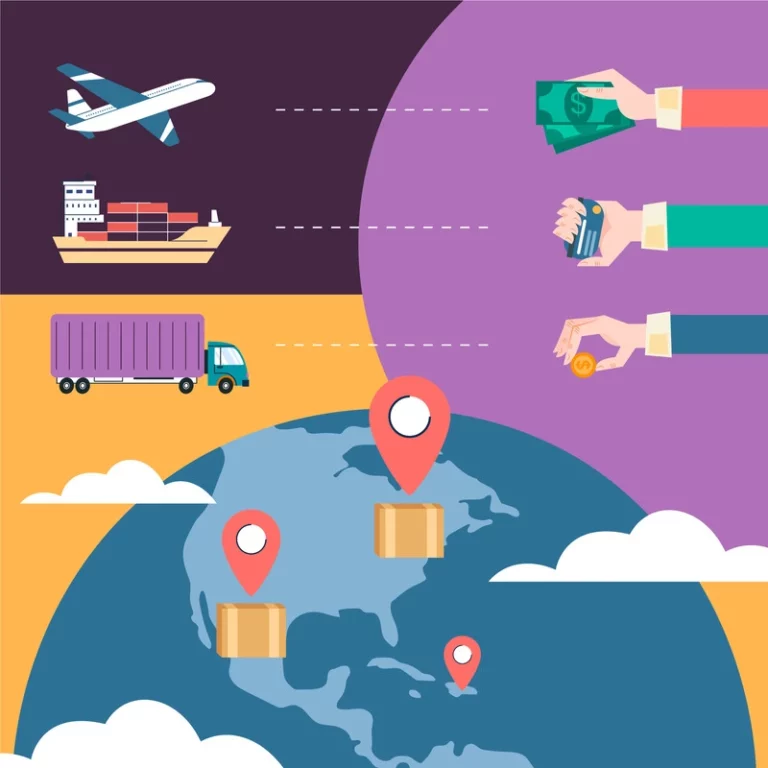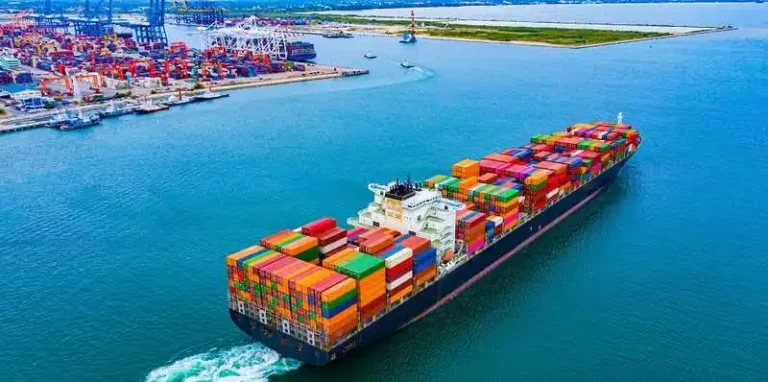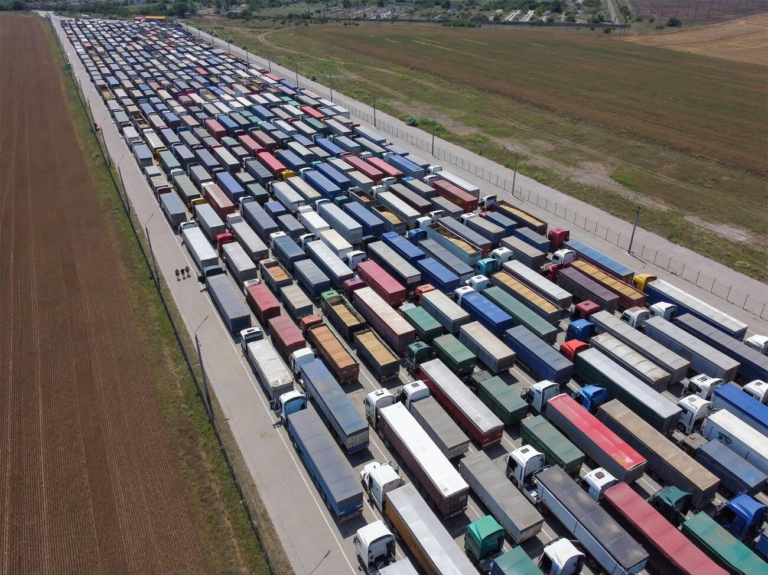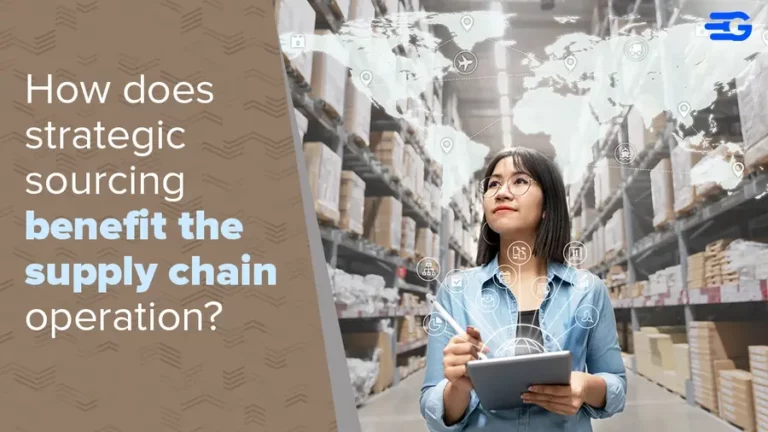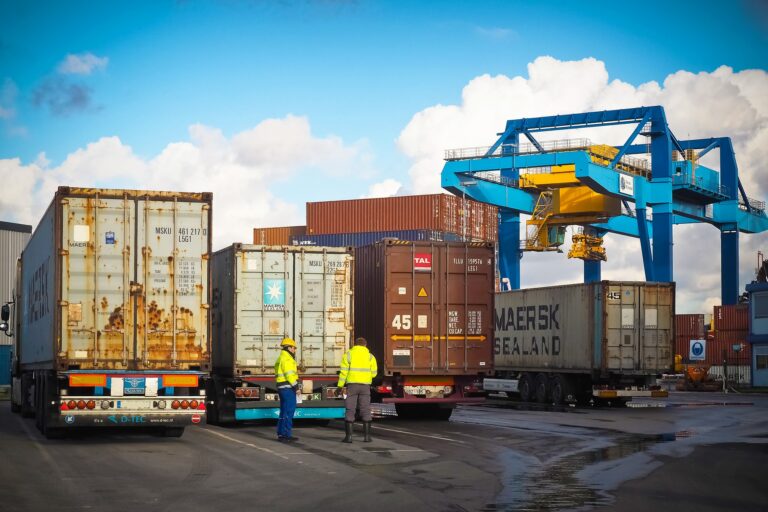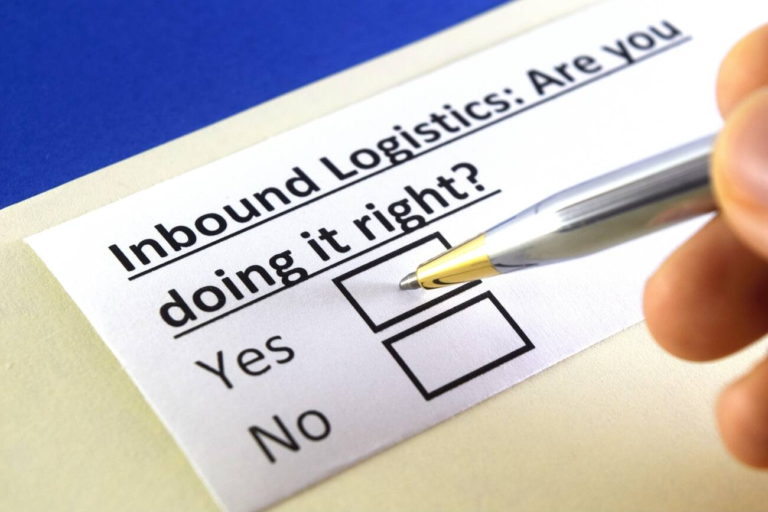Know the Difference Between Logistics and Transport
Efficient movement of goods is the backbone of any business. However, many still confuse transportation and logistics as being the same thing. While they are closely linked, they serve different purposes. Understanding this difference can help businesses streamline operations, cut costs, and improve customer satisfaction.
Overview of Logistics and Transport
Every product you use has a journey; from manufacturing to your hands. This journey involves both logistics and transportation. Logistics is the big-picture strategy that ensures goods move efficiently, while transportation is the physical movement of those goods. Both are critical for smooth supply chain operations.
Logistics
Logistics is the brain behind efficient supply chain operations. It ensures that goods move from suppliers to customers in the right quantity, at the right time, and at the lowest cost possible. It is a comprehensive process that includes planning, execution, and continuous improvement.
Key Functions of Logistics:
- Inventory Management: Ensures optimal stock levels to prevent shortages or excess inventory that ties up capital.
- Warehousing: Strategically stores goods to enable smooth and timely distribution while reducing storage costs.
- Order Processing: Manages packaging, labeling, and dispatching for faster and error-free deliveries.
- Freight Procurement: Selects the best shipping partners and negotiates optimal rates for cost efficiency.
- Supply Chain Visibility: Leverages real-time tracking to prevent disruptions and improve decision-making.
Example: A global e-commerce company using GoComet’s AI-powered supply chain visibility can track inventory levels and shipment statuses in real-time, reducing unexpected stockouts and improving delivery timelines.
Also Read: What is Logistics Planning, Its Importance, and Strategies?
Transportation
Transportation is a subset of logistics, focusing solely on moving goods from one location to another. Whether it’s by air, sea, rail, or road, the priority is to ensure timely and cost-effective deliveries.
Key Functions of Transportation:
- Mode Selection: Determines the most suitable transport method based on urgency, distance, and cost.
- Route Optimization: Plans the best routes to minimize transit time and expenses.
- Freight Consolidation: Combines smaller shipments into a single load to maximize cost efficiency.
- Carrier Management: Selects and manages shipping providers to maintain reliability and performance.
- Tracking & Monitoring: Utilizes technology for real-time shipment tracking, reducing uncertainties and delays.
Example: A manufacturing company using GoComet’s GoTrack can monitor shipments in real-time, predict potential delays, and reroute them proactively to meet deadlines.
Difference Between Logistics and Transportation
| Aspect | Logistics | Transportation |
| Definition | The process of managing supply chain operations end-to-end. | The physical movement of goods from one location to another. |
| Scope | Includes planning, warehousing, inventory, and coordination. | Focuses strictly on moving goods. |
| Function | Ensures smooth coordination, optimization, and visibility. | Moves products efficiently from point A to point B. |
| Key Focus | Reducing costs, improving efficiency, and enhancing visibility. | Ensuring timely delivery and reducing transit risks. |
| Technology Use | Uses AI-powered tracking, automation, and analytics. | Leverages GPS, route optimization, and fleet management tools. |
| Example | Managing supplier contracts, optimizing storage, and tracking inventory. | Choosing the best freight carrier, selecting optimal shipping routes. |
Key Takeaway:
Logistics is the strategy, and transportation is the execution. Logistics makes sure the entire supply chain runs smoothly, while transportation ensures the goods actually move. Without logistics, transportation would be inefficient. Without transportation, logistics wouldn’t be complete.
Also Read: What Is Transport And Logistics Management?
Conclusion
For businesses handling large shipments, understanding the difference between logistics and transportation is crucial. Logistics ensures smooth supply chain operations, while transportation ensures timely deliveries. A strong supply chain requires both working together seamlessly.
Companies using AI-powered tools like GoComet get real-time visibility, cost optimization, and better freight management. This leads to lower costs, fewer delays, and improved efficiency.
FAQs
1. Is transportation a part of logistics?
Yes, transportation is a subset of logistics. Logistics covers everything from inventory and warehousing to choosing the best transportation method.
2. Which is more important: logistics or transportation?
Both are equally important. Logistics ensures smooth coordination and cost efficiency, while transportation ensures goods are delivered on time.
3. How can businesses improve their logistics and transportation?
Using AI-powered solutions like GoComet helps businesses gain real-time insights, reduce costs, and improve delivery times.
4. What is the role of technology in logistics and transportation?
Technology like real-time tracking, AI-based route optimization, and automated freight procurement makes logistics and transportation more efficient.
5. How does GoComet help businesses with logistics and transportation?
GoComet provides real-time tracking, cost optimization, and seamless freight management to ensure businesses can operate efficiently while cutting unnecessary costs.
